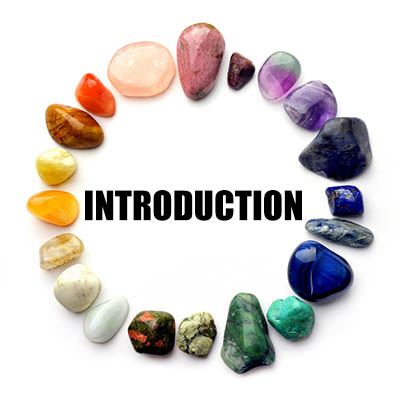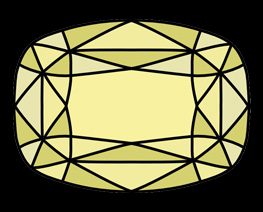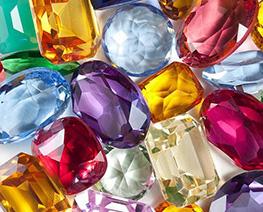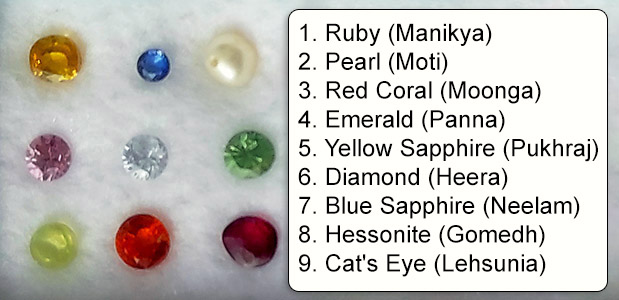Gemstones are highly valued for their beauty and rarity. They have been used in jewelry and other decorative items for thousands of years. They have played important roles in many cultures in the history. Gemstones are natural minerals that are cut and polished to enhance their beauty and increase their value. There are many different types of gemstones. They indentify with their own unique properties. Some of the most popular gem varieties are diamond, ruby, sapphire and emerald. Gems have a number of characteristics that make them highly valuable. Some of characteristics are color, clarity, cut, carat (weight) and hardness. Gems have been used in jewelry and other decorative items for thousands of years. They have also played important roles in many cultures throughout history. Now it uses for jewelry, decoratiion, and healing / spiritual practices.
Introduction




The Four Cs of gemstones are a widely recognized and accepted standard for assessing the quality and value of a gemstone. The Four Cs refer to the cut, clarity, color, and carat weight of a gemstone. Understanding these four factors can help both jewelers and consumers make good decisions when it comes to buying or selling gemstones. In addition to the Four Cs, there are other factors that can affect the value and quality of a gemstone. For example, the origin of a gemstone can impact its value, as certain regions are known for producing particularly high-quality stones. The rarity of a gemstone can also affect its value, as can its history and provenance.
Read moreNavaratna is a Sanskrit word that means "nine gems." It refers to a group of nine specific gemstones that are believed to have healing and astrological powers. The Navaratna are considered to be auspicious in many cultures and are often used in jewelry and other decorative items. Each of the Navaratna gemstones is associated with a specific planet, and it is believed that wearing the gemstone can have a positive impact on the corresponding planet's energy.
Start now